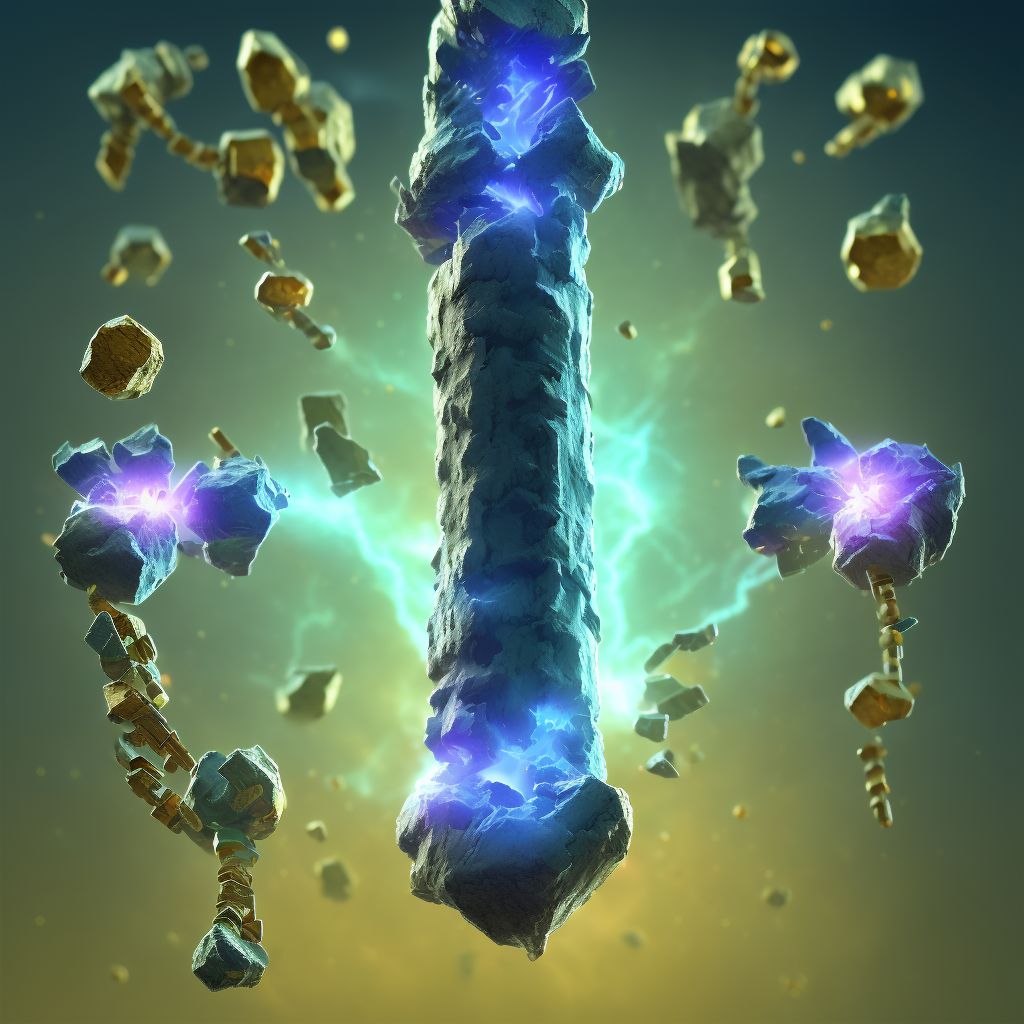
Displaced comminuted fracture of shaft of left fibula, subsequent encounter for open fracture type I or II with routine healing Save
ICD-10 code: S82.452E
Disease category: S82.452: Displaced comminuted fracture of shaft of left fibula
Understanding Displaced Comminuted Fracture of Shaft of Left Fibula
A displaced comminuted fracture of the shaft of the left fibula can be a distressing injury that requires immediate medical attention. This type of fracture refers to a severe break in the long, thin bone located on the outer side of the lower leg. It is often characterized by multiple fragmented pieces of bone that have moved out of their normal position.
When a patient with a displaced comminuted fracture of the shaft of the left fibula seeks subsequent medical care for open fracture type I or II with routine healing, it means that the fracture has healed well without any complications. At this stage, the focus shifts from treatment to monitoring the progress of healing and ensuring a full recovery.
During the subsequent encounter, healthcare professionals may conduct a thorough examination to assess the patient's overall condition. This evaluation may involve physical examinations, X-rays, or other diagnostic tests to ensure there are no signs of infection, misalignment, or other complications that could hinder the healing process.
It is essential for patients with this type of fracture to follow their healthcare provider's instructions carefully. This may include adhering to a specific rehabilitation program, which may involve physical therapy or exercises to restore strength, flexibility, and stability to the affected leg.
- Monitor the healing progress: Regular follow-up visits allow healthcare providers to track the healing process and address any concerns that may arise.
- Ensure proper alignment: Proper alignment of the fractured bone is crucial for optimal healing. X-rays can help determine if any adjustments are necessary.
- Manage pain and discomfort: Patients may experience pain and discomfort during the healing process. Healthcare providers can provide guidance on pain management techniques.
- Prevent complications: Monitoring for signs of infection, blood clots, or other complications is essential. Early detection can prevent further problems.
While this article focuses on the subsequent encounter for open fracture type I or II with routine healing, it is important to note that each case is unique. Therefore, individuals should consult with their healthcare provider for personalized advice and guidance regarding their specific condition.
Treatment of Displaced comminuted fracture of shaft of left fibula, subsequent encounter for open fracture type I or II with routine healing:
Treatment Options for Displaced Comminuted Fracture of Shaft of Left Fibula
A displaced comminuted fracture of the shaft of the left fibula can be a painful and debilitating injury. However, with the right treatment options, patients can experience a successful recovery and regain their mobility. Let's explore some of the treatment options available for this specific type of fractu...
To see full information about treatment please Sign up or Log in